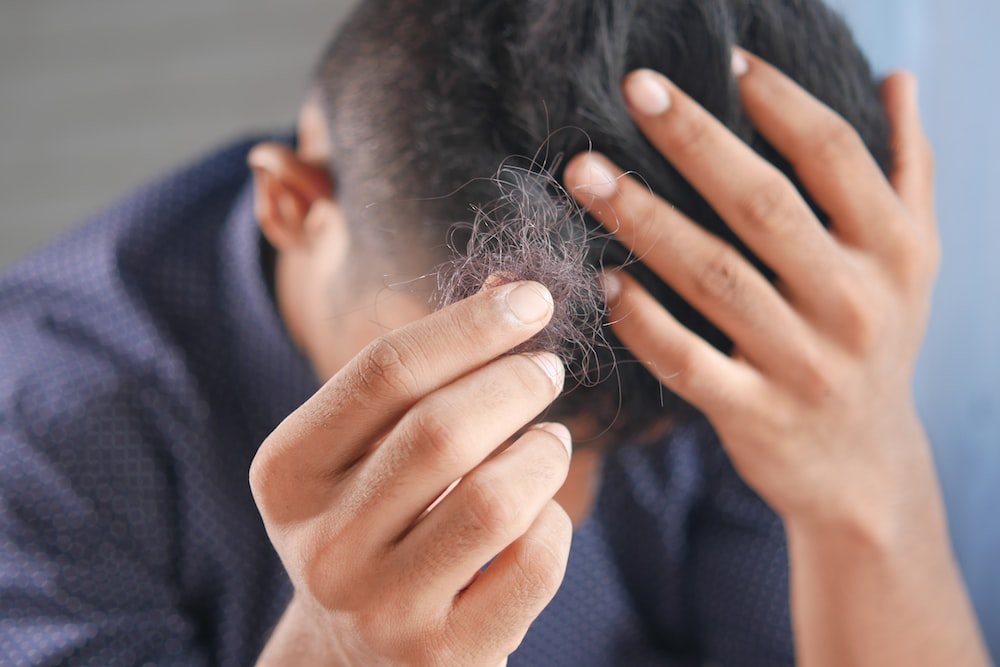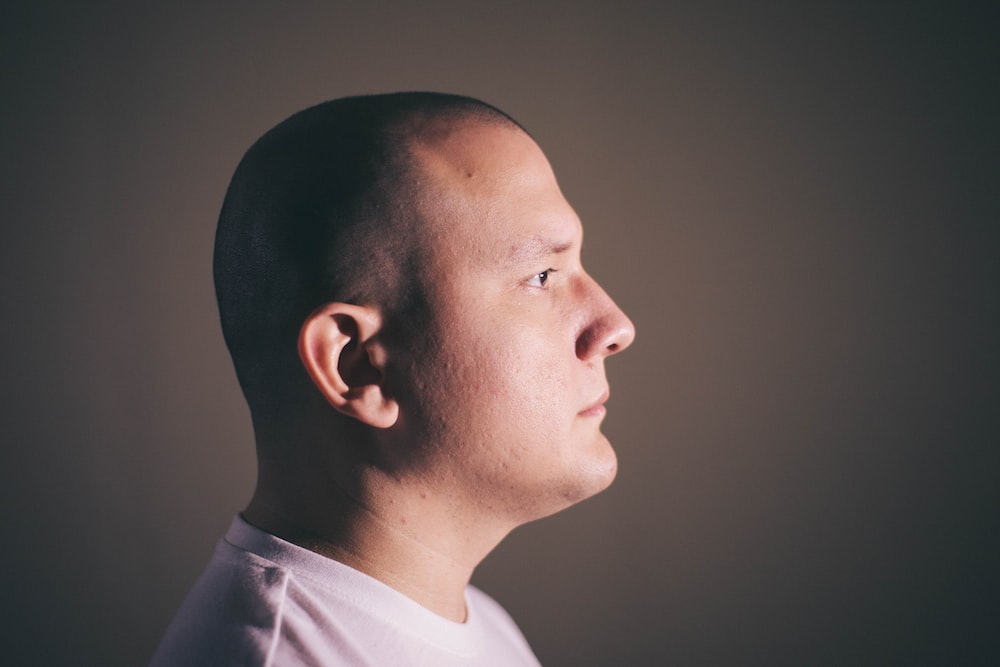What Is Male Pattern Baldness and How Can It Be Treated?

Are you experiencing thinning of your hair around the crown, receding hairline, or visible loss of hair on your pillow or in the shower?
If so, you may be experiencing male patter baldness.
Today, we discuss what male pattern baldness, whether there is any treatment of male patter baldness, and if so, how does it work.
What Is Male Pattern Baldness?
Male pattern baldness, also known as androgenetic alopecia in men, is a common form of hair loss that affects people assigned male at birth (AMAB). It typically starts with a receding hairline, gradual thinning of hair on the crown and temples, and eventually leads to partial or complete baldness.
It is typically caused by a combination of genetic and hormonal factors.
Androgens are the male hormones responsible for the development of male sex characteristics, such as a deeper voice, muscle growth, and body hair. However, they can also cause hair loss in men who are genetically predisposed to it.
Is There Any Treatment for Male Pattern Baldness?
There are several treatment options for male pattern baldness, but there is no known cure. This means that while hair loss can be addressed with a variety of treatments, there is no sustainable cure-all to stop or reverse male pattern baldness.
That being said, here are some effective treatment options:
l Medication
A common treatment for male pattern baldness is medication, like finasteride or minoxidil. Finasteride works by blocking the conversion of testosterone into dihydrotestosterone (DHT), a hormone that contributes to hair loss.
Whereas Minoxidil is a topical solution that stimulates hair growth and can be applied directly to the scalp. While these medications are effective, there are some concerning issues.
The main one is that these finesteride is known to cause sexual side effects like erectile dysfunction and loss of libido. However, there is no conclusive evidence yet that minoxodil has the same sexual side effects.
Another concern is that you cannot stop using these medications, otherwise your hair loss will return.
l Surgery
Another treatment for male pattern baldness is hair transplant surgery, which involves taking hair from one part of your scalp (typically the back) and transplanting it to the balding areas.
This can be an effective solution for those with more advanced hair loss, but it can be expensive and may require multiple surgery sessions. Other issues with hair transplant include surgical complications like infection and skin necrosis.
It is also possible that you may not be satisfied with the outcome of the surgery. This usually happens when there are visible areas of hair that do not match the thickness or quality of the surrounding hair, or when there is visible spacing between hair follicles.
l Lifestyle Changes
Apart from medication and surgery, treatment for male pattern baldness also include lifestyle changes that can help slow or prevent hair loss. Things like maintaining a healthy diet, reducing stress, quit smoking, and avoiding harsh hair treatments or hairstyles are the main lifestyle changes that may help reduce hair damage and hair loss.

Which Treatment Is Best for You?
While the mentioned treatments are effective, not all treatments will work for everyone. For some people, something as simple as a few lifestyle changes can make a difference, whereas for others, even a combination of all the mentioned treatments may fail to work.
Ultimately, results may vary depending on the severity of your hair loss and your response to particular treatments.
You must speak to your healthcare professional or schedule a virtual doctor consultation before starting any new treatment, to ensure that treatment is safe and effective for you.
We highly recommend calling TelMDCare at 800-230-2050, to set up a virtual doctor appointment for the best virtual doctor consultation for hair loss treatment.